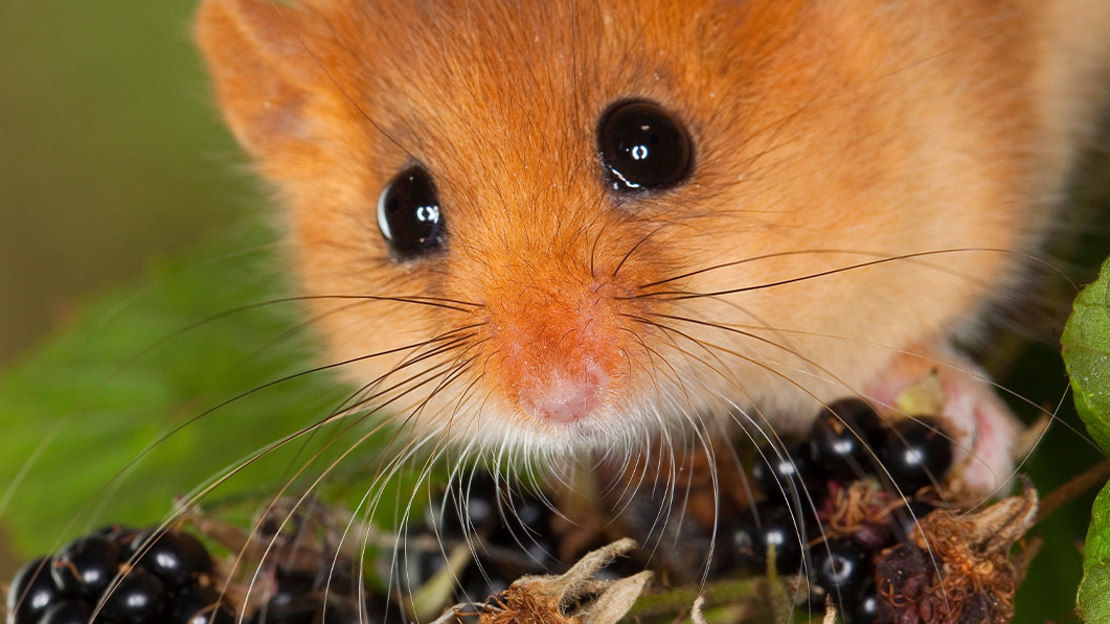Common name: soprano pipistrelle
Scientific name: Pipistrellus pygmaeus
Family: Vespertilionidae
Habitat: woodland, parks and gardens
Diet: flies, moths, midges, mosquitos
Predators: birds of prey and domestic cats
Origin: native
Hard to differentiate from its cousin, the common pipistrelle bat, this widespread species hunts close to water and can be found in woods and gardens.
Common name: soprano pipistrelle
Scientific name: Pipistrellus pygmaeus
Family: Vespertilionidae
Habitat: woodland, parks and gardens
Diet: flies, moths, midges, mosquitos
Predators: birds of prey and domestic cats
Origin: native
The soprano pipistrelle is small in size, with brown fur, black wings and a black face.
Not to be confused with: the common pipistrelle. They are almost identical in appearance, but the soprano is slightly smaller. The most reliable way to distinguish the species is by the frequency of their echolocation calls.
These bats enjoy a diet of small flies, moths, midges and mosquitoes. They often hunt along wooded rivers and over water, catching prey in mid-flight and eating on the wing.
A single soprano pipistrelle can eat up to 3,000 insects in one night.

Credit: Dietmar Nill / naturepl.com
The mating period for the soprano pipistrelle takes place from late summer to early autumn. Males will attempt to attract a female mate by singing and flying around their roost. The following spring females will form colonies and a single pup is usually born during June or July. The young can fly after around four weeks and forage independently after six weeks.
These bats hibernate in the winter. They form roosts in tree holes, building crevices and bat boxes.
Soprano pipistrelle bats can be found in woodland and urban parks and gardens. The species occurs throughout the UK with the exception of the very north of Scotland.
The soprano pipistrelle was only identified as a separate species from the common pipistrelle in the 90s.
Keep an eye out for this species near lakes and rivers, as this is where they are most likely to be seen feeding. As with all bats, the best chance of seeing them is around sunset.
This species is widespread and one of the most common in the UK. Potential threats include the loss of old buildings for roosting and a shortage of insect prey due to changes in agricultural practices.
Keep exploring

Woodland wildlife is fading before our eyes. Please support our appeal to save rare and threatened species.
Donate now